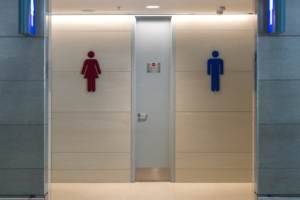The Impact Of Social Media On Language Learning And Language Education

In today’s digital age, social media plays a significant role in the way we communicate and consume information. With the rise of platforms like Facebook, Twitter, and Instagram, social media has become a prevalent tool for individuals and organizations alike. In recent years, the use of social media in language learning and language education has gained increasing attention.
Impact on Language Learning
Social media can be used as a tool to enhance language learning by providing learners with authentic language exposure and opportunities for interaction with native speakers. Platforms such as language exchange websites and language learning apps allow users to connect with native speakers of their target language and practice their language skills in real-life situations. Additionally, social media can provide learners with access to a wealth of authentic language materials, such as news articles and videos, which can be used to supplement traditional language learning methods.

One study by Stricker (2015) found that using social media for language learning improved students’ motivation and language skills. The study involved students learning Spanish and found that using Facebook to connect with native speakers led to a significant increase in the students’ motivation and their ability to use the target language in real-life situations.
Impact on Language Education
Social media can also be used as a tool to enhance language education by providing teachers with new and innovative ways to engage their students and supplement traditional teaching methods. Platforms such as Twitter and Instagram can be used to create language learning communities where students can share resources and interact with one another. Additionally, social media can be used to create interactive and multimedia-based language learning activities, such as videos and quizzes, which can provide students with a more engaging and interactive learning experience.
One study by Huang (2017) found that using social media in language education improved students’ engagement and language skills. The study involved students learning Mandarin Chinese and found that using WeChat (a popular Chinese social media platform) led to a significant increase in the student’s engagement and their ability to use the target language in real-life situations.
Conclusion
Overall, social media can be a powerful tool for language learning and language education. By providing learners and educators with access to authentic language materials and opportunities for interaction with native speakers, social media can enhance the language learning experience and improve language skills. However, it is important for educators to carefully consider the potential risks and benefits of using social media in language education and to use it in a way that supports the goals of their language program.





